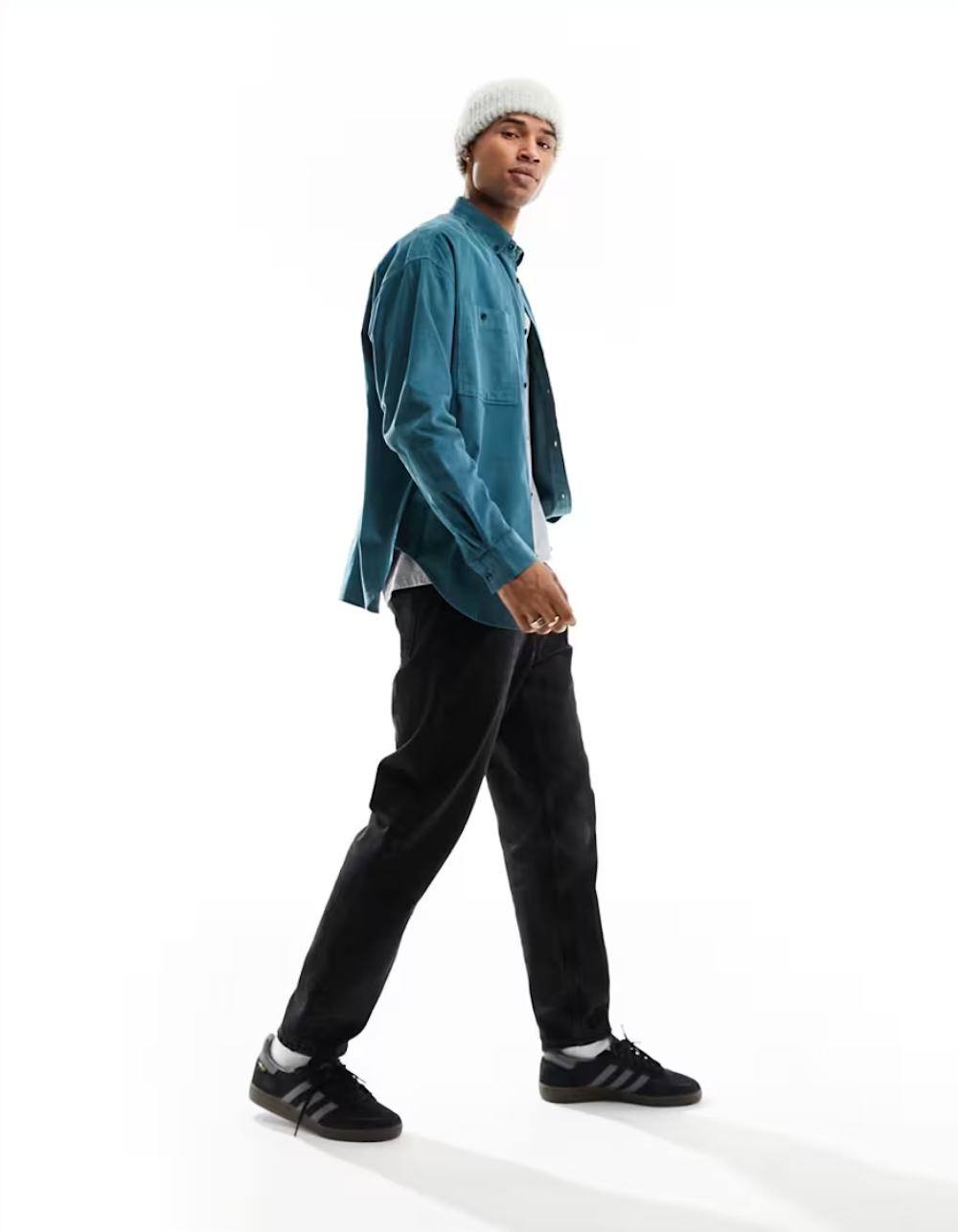ASOS Suffers Huge Brand Identity Crisis, New Q4 Sales Reflect What the Brand’s Sales Will Look Like This Season
The Topshop brand owner ASOS is suffering a huge brand identity crisis, and its new Q4 sales report reflects what the brand’s sales will look like this coming season.
If you needed a last-minute knock-out party dress or girls’ night out attire after a long time without your girls, ASOS had you covered. There was no chance the Topshop brand and its low prices would leave you with an empty check-out cart. Unless, of course, you were too slow pulling out your credit card. However, lately, the golden days are fading for the brand. ASOS is struggling to maintain its brand identity. Now, it’s being forced to either succumb to consumers’ demands of anti-fast-fashion boycotts or race to stay on top of their growing competitors.
Moreover, ASOS’ Q4 sales report showed a decline of 15%, leaving the brand’s fiscal year to end on a shallow note. What caused such a decline in what used to be one of the most iconic trend-setting brands? According to the brand, there isn’t only one reason behind the steady decline.
ASOS began to see a decline in its sales around spring and summer. The UK especially experienced a chillier-than-normal summer season. Consequently, the brand saw a 9% dwindle in sales. However, a secondary theory regarding its lack of adoration from consumers is the brand’s poor investment in unrecognizable brands. “In my first CEO review 12 months ago, I explained that we had more stock than we’d like, which had eroded our profitability and destabilized our balance sheet; and that some of our customers, brands or activities were simply unprofitable,” explained ASOS’ CEO.
But there is another cause following consumer unfavorability. Previous fashion trend news indicates many Gen Z consumers negate fast-fashion ethics. As a result, many brands today practice sustainable fashion. Hoping to attract Gen Z consumers and their environmentally conscious fashion trends, ASOS decided to participate in the sustainable mania. For this purpose, ASOS created its own Circular Design Guidebook in 2021. A year later, in 2022, it released its first and last Circular Design Collection. However, as a predominantly fast-fashion company, the sustainable route was ultimately less successful than anticipated. Once again, it left the brand wandering the fashion market aimlessly.
Unfortunately, ASOS does not predict to see better results in 2024. Its sales are expected to be just as low, if not lower, in the coming year. However, the CEO has high hopes for 2024. “As such, we are taking decisive action in FY24 to clear stock brought in under our old model while substantially improving our speed to market and investing in our brand, reminding our customers what we’re really about: fashion,” he shared. Regardless of the poor expectations set for ASOS, the fashion industry hopes the once-loved brand will bounce back to its former glory.






